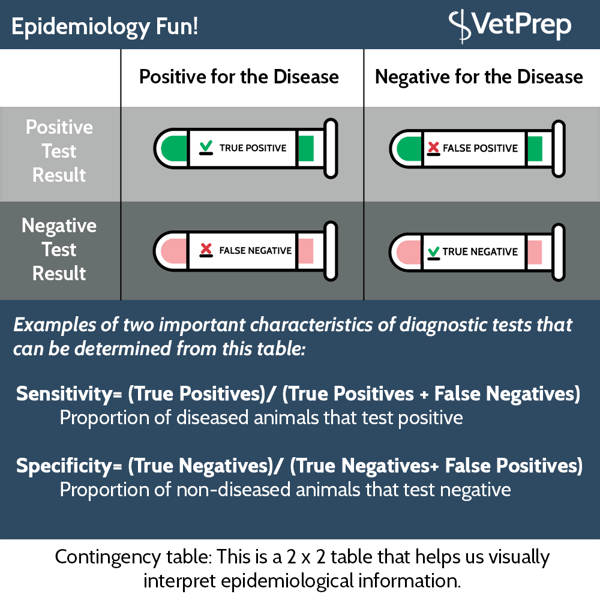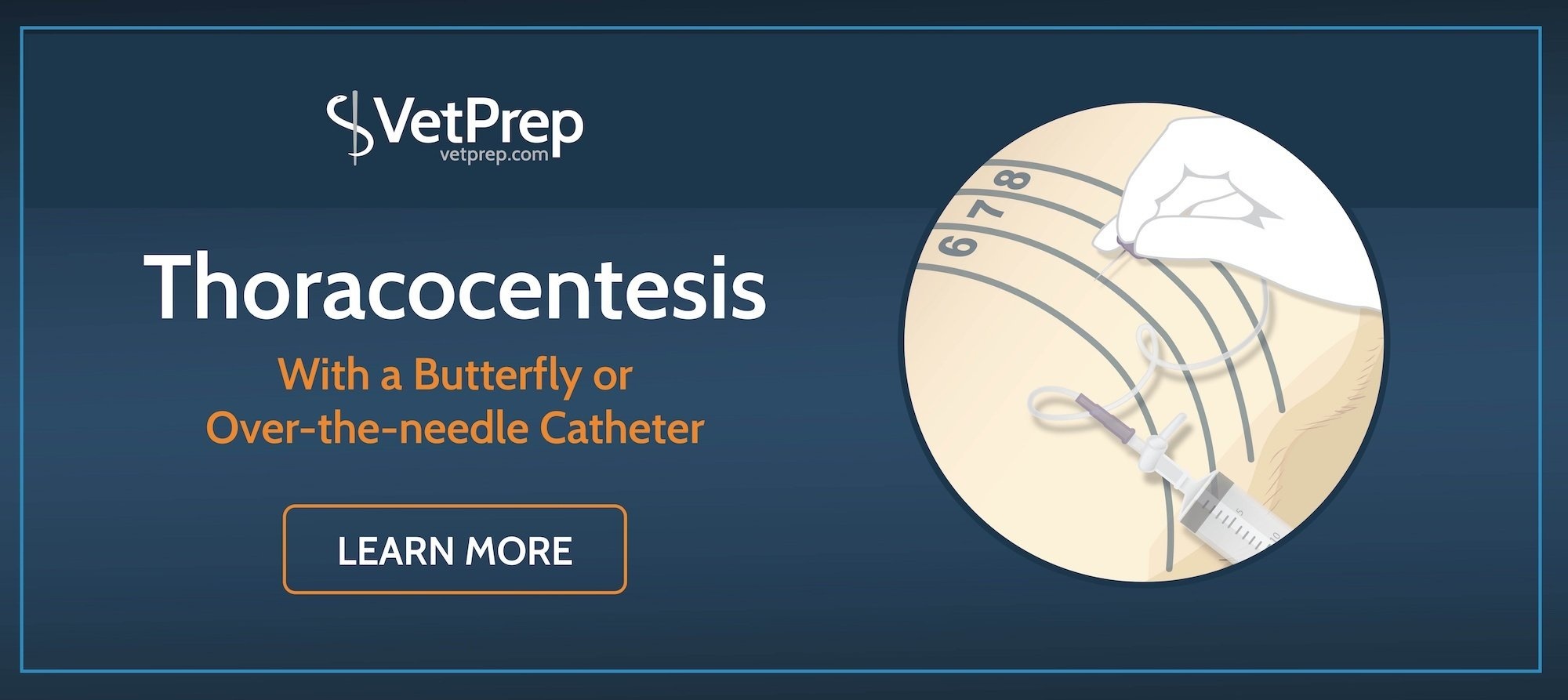
With Thanksgiving being right around the corner, there’s a high chance you will see pancreatitis cases this time of the year. If you have a canine patient that is having symptoms such as vomiting and anorexia and possibly other clinical signs such as diarrhea, lethargy and a painful abdomen, then one possible differential is pancreatitis.
Pancreatitis is an inflammatory condition of the pancreas; it develops as a result of pancreatic autodigestion. Some possible causes of pancreatitis include but are not limited to: dietary indiscretion (particularly the ingestion of a fatty meal), breed predispositions, endocrine or other systemic disorders, drug ingestion, biliary obstructions and surgical manipulation.
So, in addition to clinical signs and physical exam findings, what are your diagnostic options? It is a good idea to recommend a full work up including CBC/Chemistry/UA and Abdominal radiographs. Even though these tests are not used to rule in pancreatitis, they can provide valuable clinical information and help rule out other differentials.
In the past, values on chemistry panels such as serum lipase and amylase and TLI (trypsinogen like immunoreactivity) were used as indicators of pancreatitis; however, due to concerns about their sensitivity and specificity, they are now considered of “limited diagnostic usefulness” (2). Currently, abdominal ultrasound is considered the best imaging technique for diagnosing pancreatitis but it is not widely available in most general practices.
Some other options include measuring serum specific pancreatic lipase (cPL), which has a higher sensitivity and specificity. (Check your memory about specificity and sensitivity by checking out this chart).

cPL can be measured as an in-house ELISA assay via a SNAP test from Idexx. According to one National Institute of Health article, cPL clinical sensitivity was 82% and specificity was 59%.(3) Another option is a test called Spec cPL which is sent out to the reference laboratory.
 This test carries an even higher specificity and sensitivity; according to one study presented at ACVIM, theres numbers were 93% and 78%, respectively.(4) SNAP cPL test results are interpreted based on a color comparison between the sample spot and the reference spot; the cut off value for an abnormal result is approximately 200 mcg/L.(5) Spec cPL is a quantitative test with different brackets; greater than or equal to 400 mcg/L is considered consistent with pancreatitis.(6)
This test carries an even higher specificity and sensitivity; according to one study presented at ACVIM, theres numbers were 93% and 78%, respectively.(4) SNAP cPL test results are interpreted based on a color comparison between the sample spot and the reference spot; the cut off value for an abnormal result is approximately 200 mcg/L.(5) Spec cPL is a quantitative test with different brackets; greater than or equal to 400 mcg/L is considered consistent with pancreatitis.(6) You may be wondering, why the difference? According to one article, “by setting the cutoff at the lower end of the indeterminate zone of the reference lab assay, fewer dogs with elevated cPL will be missed by the assay, as compared to a cutoff at the higher end of the range” (1). Because of this, SNAP cPL is a good screening test but if the test is abnormal, it is recommended to pursue further testing (such as sending out a sample to a reference laboratory Spec cPL) or advanced imaging if possible.
Additionally, as with any diagnostic tests, it is important to always take into account the clinical signs and physical exam findings when making treatment decisions. Thankfully, in the case of pancreatitis, you have a couple tools in your veterinary toolbox to help you in your decision making process that can be used to complement your clinical judgement.
References:
- Beall, M.J., Cahill, R., Pigeon, K., Hanscom, J., & Huth, S.P. (2011). Performance validation and method comparison of an in-clinic enzyme linked immunoabsorbent assay for the detection of canine pancreatic lipase. Journal of Veterinary Diagnostic Investigation, 23(1).
- Cote, Etienne. Clinical Veterinary Advisor. W.B. Saunders.
- Haworth, M. D., Hosgood, G., Swindells, K. L., & Mansfield, C. S. (2014). Diagnostic accuracy of the SNAP and Spec canine pancreatic lipase tests for pancreatitis in dogs presenting with clinical signs of acute abdominal disease. Journal of Veterinary Emergency and Critical Care, 24(2).
- New research presented at the ACVIM Forum/CVMA Convention confirms the Spec cPL® Test and the Spec fPL® Test are accurate screening tests for canine and feline pancreatitis. Retrieved from http://www.idexx.nl/pdf/en_ie/smallanimal/reference-laboratories/testmenu/cpl-fpl-research-update.pdf
- SNAP cPL. Idexx. Retrieved from https://www.idexx.com/en/veterinary/snap-tests/snap-cpl-test/
- Spec cPL Test. IDEXX. Retrieved from http://www.idexx.nl/smallanimal/reference-laboratories/testmenu/innovative-tests/spec-cpl.html
- VetPrep PowerLecture, Dr. Sameer Trivedi



